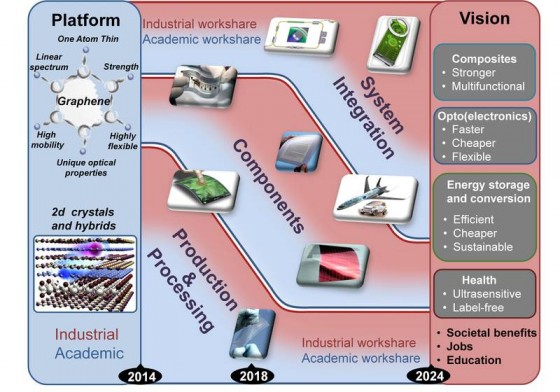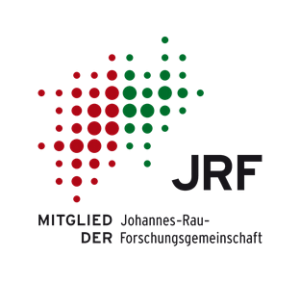Release of the European roadmap for graphene science and technology

Europe’s Graphene Flagship lays out a science and technology roadmap, targeting research areas designed to take graphene and related 2d materials from academic laboratories into society.
In October 2013, academia and industry came together to form the Graphene Flagship. Now with 142 partners in 23 countries, and a growing number of associate members, the Graphene Flagship was established following a call from the European Commission to address big science and technology challenges of the day through long-term, multidisciplinary R&D efforts.
“We are very proud of the joint effort of the many authors who have produced this roadmap,” says Jari Kinaret, director of the Graphene Flagship. “The roadmap forms a solid foundation for the graphene community in Europe to plan its activities for the coming years. It is not a static document, but will evolve to reflect progress in the field, and new applications identified and pursued by industry.”
Graphene and related materials are expected to revolutionise the fields in which they are applied, and they have the potential to become the materials of the 21st century.
Roadmap timelines predict that, before the end of the 10-year period of the flagship, products will be close to market in the areas of flexible electronics, composites, and energy. We also hope to see advanced prototypes of silicon-integrated photonic devices, sensors, high-speed electronics, and biomedical devices.
The research oriented SME AMO GmbH, located in Aachen and closely linked to RWTH Aachen University, was involved in the preparation of the Graphene Flagship roadmap. Dr. Daniel Neumaier, head of the graphene group at AMO and leader of the Flagship’s workpackage on high-frequency electronics, contributed to the part on electronic devices in the graphene roadmap.





